By Dr. Aumir Moin, MBBS, MD, DM (Neurology), Senior Consultant Neurologist, Apollo BGS Hospitals, Mysuru
Stroke, also known as ‘brain attack’ is identified as one of the major health risks in developing countries. It is associated with significant disability and even death in some cases. Hence it warrants immediate specialist attention. The most important determinant in stroke recovery is, how quickly therapy is obtained from a stroke ready hospital. Earlier the better, minutes better than hours — “Time is Brain.”
Unlike in other medical conditions where the patient can communicate the symptoms and receive medical aid immediately, stroke immobilises and renders the patient helpless and thus delays early medical intervention. It is important to recognise the early signs as patients with acute stroke can seek medical assistance quickly.
The most important clinical characteristic of stroke is the sudden onset of neurological symptoms. It can be any of these, numbness or weakness (especially on one side of the body), confusion, speech disturbances, vision disturbances, dizziness, loss of balance or coordination.
A simple way to remember is “FAST” which is an acronym for the symptoms of a stroke.
Facial asymmetry: When one side of the face gets paralysed or does not move and there is asymmetry of the face when the person smiles or speaks.
Arm weakness: When one arm droops down as the person stretches out both arms and does not have full strength.
Speech disturbance: When the person is unable to comprehend what others say and cannot speak coherently or clearly.
Time: Time is of the essence; one must act fast and seek urgent medical intervention from a stroke expert.
Stroke treatment depends on the type of stroke. There are two types of strokes. One is called Acute Ischemic stroke, seen in about 80% of cases that are characterised by the blockage of the blood vessels. The other type is the Brain Hemorrhage seen in about 20% of cases characterised by the rupture of blood vessels. The most common cause of brain hemorrhage is uncontrolled hypertension and the immediate and rapid reduction of blood pressure is the mainstay with Antiedema Therapy.
In the case of Acute Ischemic Stroke, the process of opening the blocked blood vessels is called Acute Reperfusion therapy. The immediate goal of Reperfusion therapy for Acute Ischemic stroke is to restore blood flow to the regions of the brain that are Ischemic but not yet infarcted. The long-term goal is to improve outcomes by reducing stroke-related disability and mortality.
Options for Reperfusion Therapy that are proven effective include Intravenous Thrombolysis (IVT) and Mechanical Thrombectomy (MT). A clot-busting drug (tPA) is given within a window period of four and a half hours from the onset of symptoms if no contraindications are present.
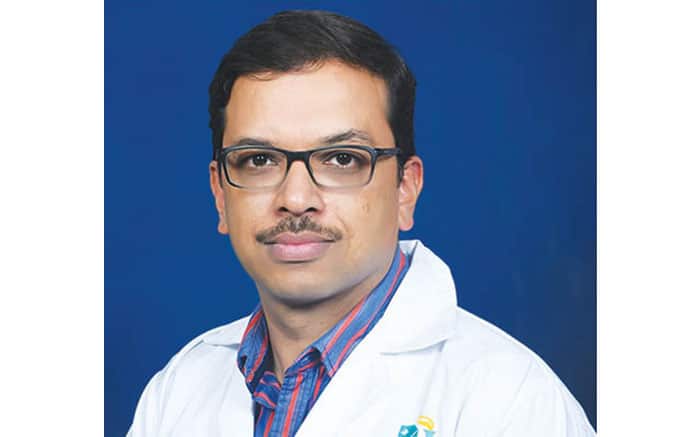
Mechanical Thrombectomy (MT) is done if large vessel occlusion is present, ideally within a window period of 6 hours and in a select few cases up to 24 hours. In a few cases, IVT is followed by MT. Results of both the above procedures are time-dependent, so performing within an hour of stroke onset is significantly better than doing within 4 hours. The safety of the therapies has been proved in many studies and the only serious side effect observed is brain hemorrhage.
The beneficial effect of reperfusion varies from patient to patient depending on the preprocedural infarcted volume. Patients who receive the above reperfusion therapies reap greater post-treatment benefits such as better quality of life, shorter hospital stay and significantly lesser neuro-rehabilitation course. Therefore, it will prove to be a prudent decision, in the long run, to opt for these procedures.
Stroke ready hospitals have facilities for both IVT and MT 24×7. Stroke patients, after reperfusion therapies or out of window period, are given antiplatelet drugs lifelong. Patients, who have a residual disability, need aggressive neurorehabilitation including physiotherapy and speech therapy.
There is a need for awareness regarding the common early symptoms and the crucial importance of the first four and a half hours in the treatment of stroke. I hope that engagement in this regard would make the management of stroke more effective and save lives from disability and mortality.



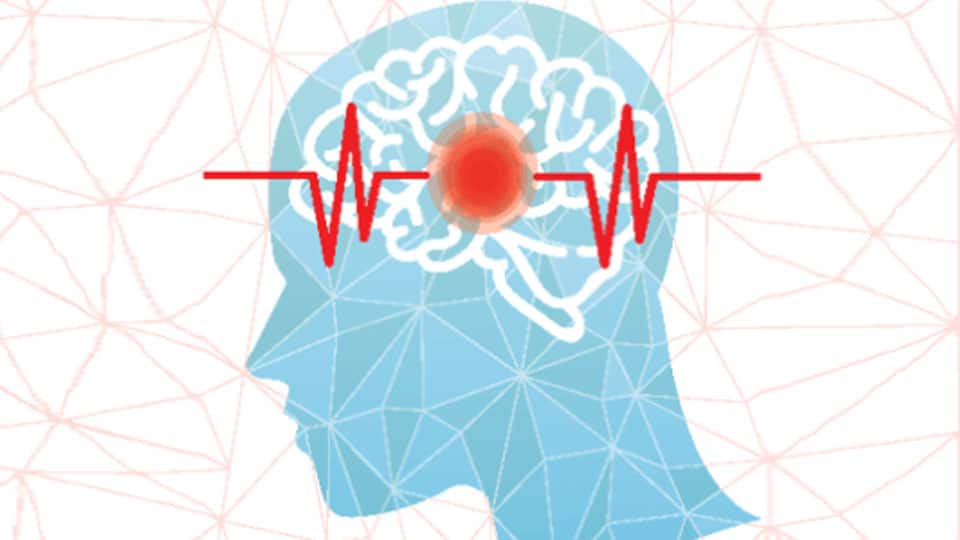

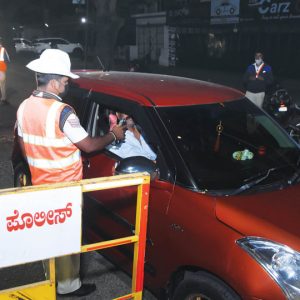
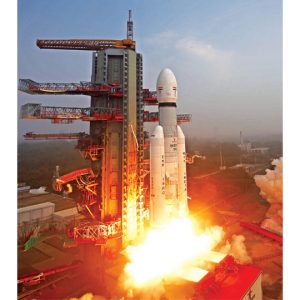
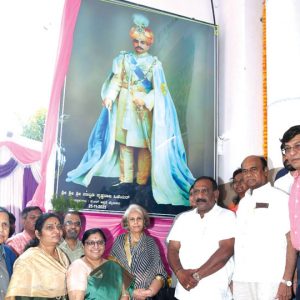
Recent Comments